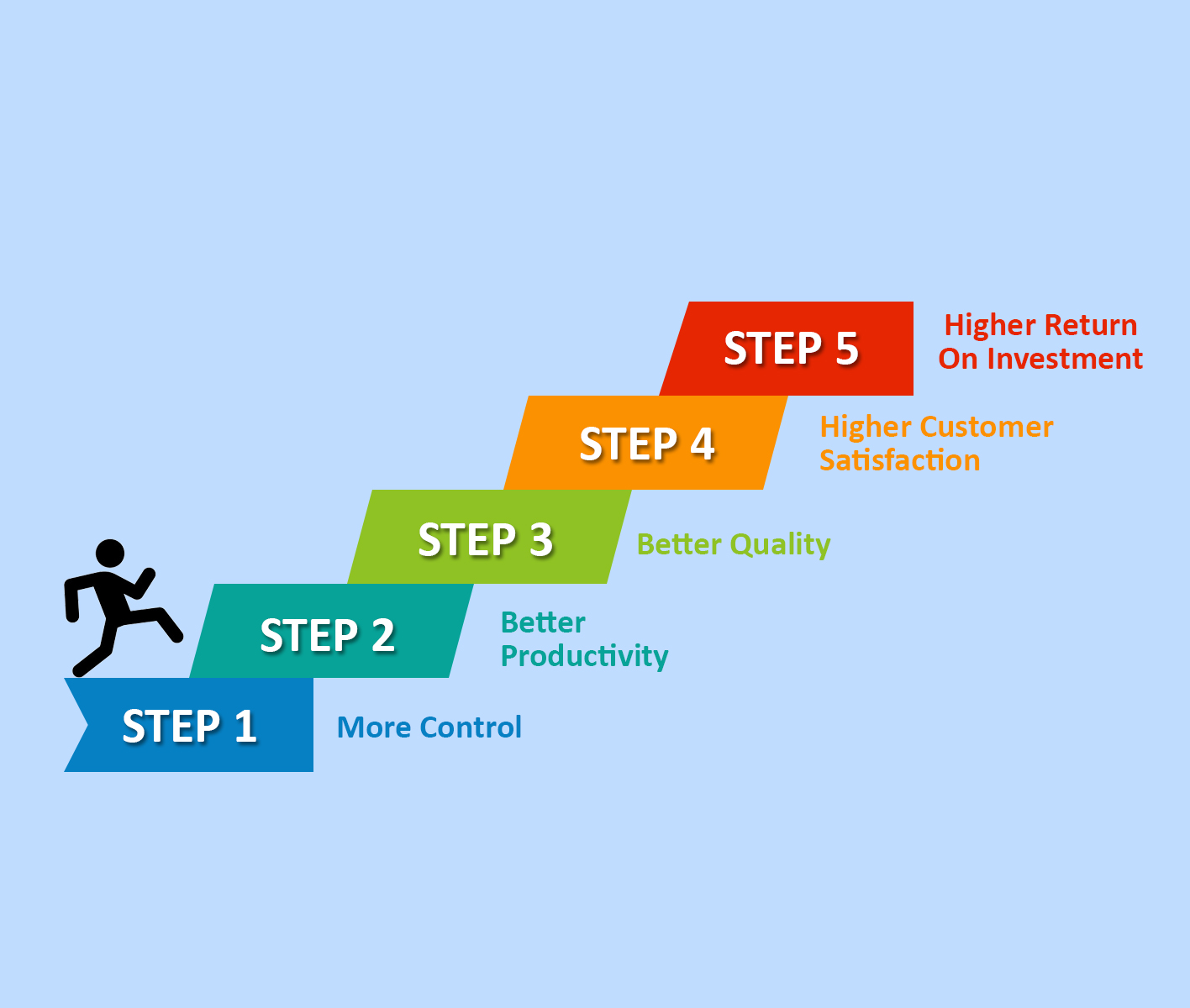Team Techsaga
Gain valuable insights and stay updated with the latest innovations through our engaging blog. Explore trends, technology advancements, and expert opinions to navigate the ever-evolving world of IT.
Automating And Optimizing IT Operations Management With AI
In this age of digitization, businesses aim to deliver quality applications successfully to customers quickly With AI. An effective way to meet this imperative is by rooting latency out of the application delivery pipeline, followed by DevOps practices that emphasize automated solutions.
DevOps involves all the departments working together rapidly, sharing information regularly, and delivering error-free applications through specialized software. As a result, organizations can save a plethora of money by working proficiently at lightning speed with energetic employees.
Techsaga is a leading Automation software development organization, aimed to increase operational efficiency of business management.
Four prime factors to latency in the software development process:
The manual process increases customers’ waiting time-
The manual application delivery is very time-consuming and often contains bugs in the output. Therefore, the following latency out of this process, and enhancing quality and speed both are crucial aspects for your business success. Organizations must provide improved and distinguished apps to stand alone against competitors. Applications should meet the criteria of clients and consistently evolve to meet their market requirements.
Latency slays quality-
While application delivery is critical, quality matters too. Manual processes and other latency features involved in the development of an app can hamper the overall quality of an app.
Continuous automated testing and monitoring performance can ensure app quality and improve customer experience.
I&O and dev team failed collaboration-
Both I&O and development teams share their struggle and problems based on their roles and responsibilities across the application development in the organization. For instance, the complexity of applications urges I&O teams to deal with multiple tools that are not integrated. This leads to massive delivery latency. And only a few teams can collaborate through regular meetings and only a few of them are able to use software to interact with each other.
Executive buy-in-
Staff management is often proved as a roadblock in the application development process latency. Reports surveyed and stated that 39 % of companies agreed that lack of skills development prevented employees from delivering apps at a faster pace.
Since DevOps acts as a rescuer to the problems. Organizations should discover what factors can derive outstanding results.
Continuous delivery and building successful apps require code change on every run through automated tests. It helps to develop, test, and install apps faster and with minimal risks.
Continuous Testing-
While continuous testing, app development teams can fix bugs as needed, eliminating shortcomings in the software development lifecycle.
Continuous Integration-
Common practice of app development teams to integrate recurrent or new code into a collective repository of shared code. This process helps developers to identify and rectify errors/bugs immediately.
Constant Monitoring-
Constant monitoring always ensures the efficient and accurate development of an application. High-quality software is developed and delivered to meet up to expectations and fulfill customers’ requirements.
User Feedback-
Continuous user reactions give deep insight into factors that can improve products. Feedback always guides the development team in the right direction to build more customized and successful apps.
Another crucial aspect of accomplishing is the successful implementation of its capacity through DevOps and to put it forward, three critical elements are framework, tools, and staff.
Framework-
Organisations framework must consist of the company’s structure, and governance as part of the entire DevOps strategy. DevOps teams have to adapt their processes and design outline according to the agenda and must be assessed continuously for relevancy and precision. After DevOps implementation, some processes get automated as well as redundant. Integral assessment is necessary to ensure essential operation standards are in place before moving to automation, to clearly operate DevOps within the organization. It further provides a precise baseline to measure future success.
Tools-
All operating systems, along with the application distribution, management, and testing tools should be in place for continuous delivery and integration. Besides, this networking helps in seamless integration with the security panel and network for the application. Now, IT companies can employ application delivery controllers to automate end-to-end application deployment d with DevOps tools for easy provisioning and configuration.
Staff-
As DevOps is considered a single unit, the collaboration is a great deal. Development teams have learned operations change-management practices and risk management. On the other hand, operations also understand the benefits of faster deployments to a business’s competitive advantage. Employees realize the value of working together as a team to increase the efficiency and performance of the business with the dual forces of DevOps and Cloud.
The lack of efficient tools and logistics poses significant challenges to development and operations collaboration. DevOps methodology helps organizations save money and time and enhances collaboration between teams, boosting the efficiency of the app development cycle.
Consequently, it results in scalable and optimized product quality thus improving user experience. DevOps and cloud leverage smaller companies as due to this combination enterprises see an upsurge in product quality and productivity and can adapt quickly to the market dynamics.
Artificial Intelligence And Machine Learning Leave Disruptive Impact on IT and DevOps Operations:
Enterprise Management leveraging artificial intelligence and machine learning for DevOps, cloud operations. And also, IT operations management, becoming the top priority for enterprises in data-driven intelligence. In fact, DevOps helps enterprises to proactively optimize processes, recognize relevant trends, rapidly detect problems to the solution, and enable organizations to make fact-driven decisions.
Moreover, Artificial Intelligence and Machine Learning in DevOps, IT Operations, and Business, guiding enterprises to optimally seek AI/ML capabilities, that can be aligned with their corporate strategy.
AI Complexity is the most significant challenge for organizations and staff in DevOps and IT operations. Decision-makers are facing numerous challenges due to compliance obligations in terms of data sources, technology options, and competitive requirements. Artificial intelligence can reduce complexities by identifying potentially relevant trends and anomalies after getting human feedback and past project outcomes. AI-driven automation can eliminate redundant tasks or business processes to enable staff to focus on creativity and skills. Moreover, AI-driven solutions consist of automation workflows and are more successful in the market compared to solutions focusing on a black-box approach to AI-driven automation.
Final Thoughts:
In Conclusion, Automating And Optimizing IT Operations Management is one of the most important decisions to streamline your operation and management. With AI and DevOps business processes become faster ultimately resulting in enhanced ROI. Artificial intelligence can reduce difficulties by identifying potentially relevant trends and anomalies after getting human feedback and past project outcomes. AI-driven automation can eliminate redundant tasks or business processes to enable staff to focus on creativity and skills.
Read Also:
Tips For Successfully Transitioning To a fully remote work team
Why Should Automation Be Used In Project Management Software?
TAG: Agile Transformation




